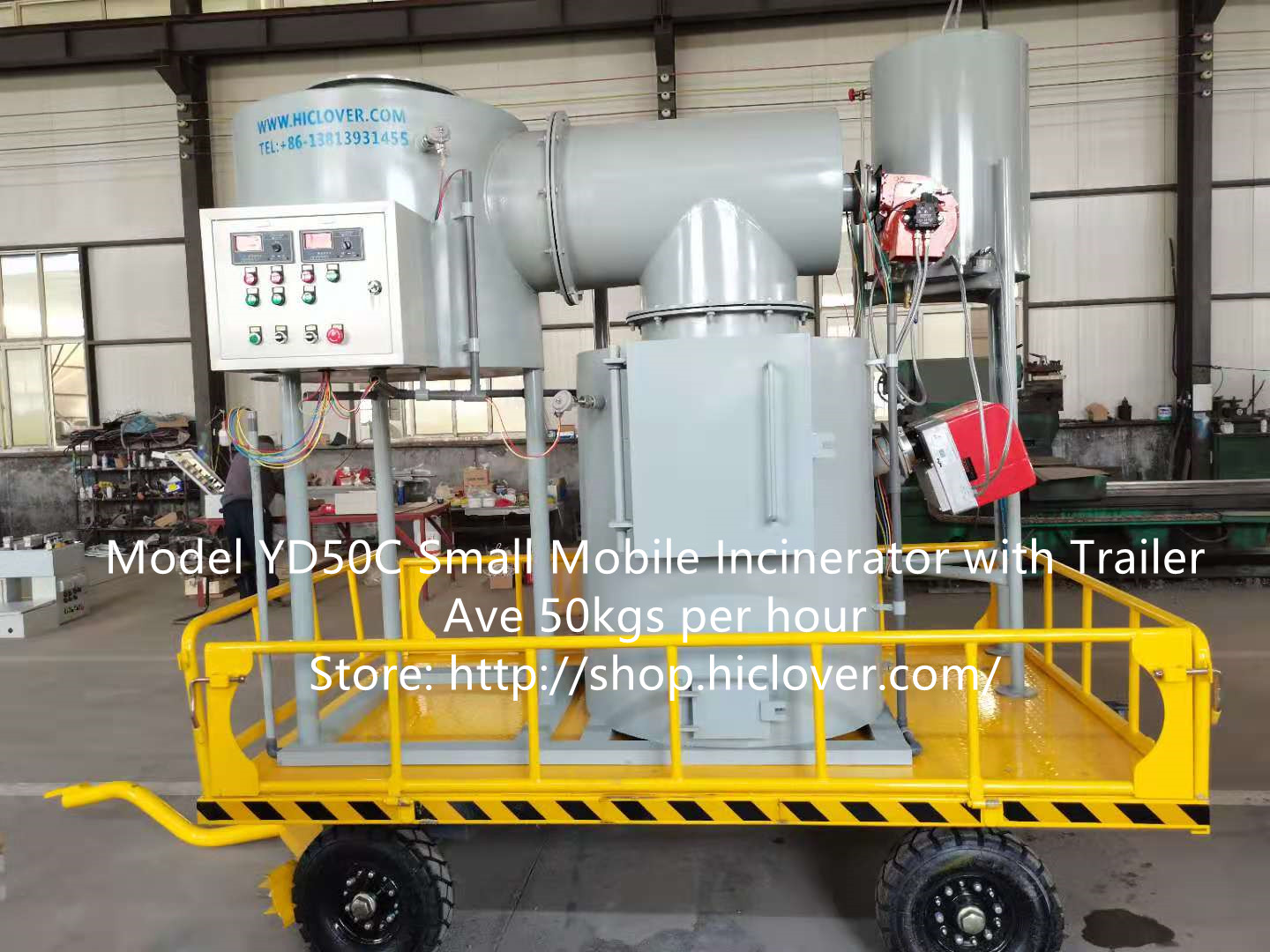Understanding the Different Types of Hospital Waste: A Comprehensive Guide- types of hospital waste

Hospitals generate a significant amount of waste on a daily basis, ranging from general waste like paper and packaging to hazardous materials like needles and blood. Proper management of hospital waste is crucial to prevent infections and protect the environment. In this comprehensive guide, we will explore the different types of hospital waste and how they should be handled and disposed of.
1. General waste: This includes items such as paper, plastic, packaging, and food waste. General waste can be disposed of in regular trash bins and collected by municipal waste management services. It is important to separate general waste from other types of waste to ensure proper disposal.
2. Infectious waste: Infectious waste includes items that have been in contact with infectious agents, such as blood, bodily fluids, and tissues. This type of waste poses a high risk of transmitting infections and must be handled and disposed of carefully. Infectious waste should be placed in leak-proof containers and labeled as such. It should be treated with appropriate disinfectants before being sent to a licensed medical waste disposal facility.
3. Hazardous waste: Hazardous waste includes chemicals, pharmaceuticals, and other materials that are toxic, flammable, corrosive, or reactive. These materials can pose a serious threat to human health and the environment if not properly managed. Hazardous waste should be stored in designated containers and labeled with the appropriate hazard symbols. It should be disposed of according to regulatory guidelines and regulations set by environmental agencies.
4. Sharps waste: Sharps waste includes needles, syringes, and other sharp objects that can cause injuries if not handled properly. Sharps waste should be placed in puncture-resistant containers and disposed of in designated sharps disposal units. Sharps waste should never be disposed of in regular trash bins as it can pose a risk to waste management workers and the general public.
5. Radioactive waste: Radioactive waste includes materials that have been contaminated with radioactive substances, such as medical imaging equipment and radioactive isotopes. Radioactive waste should be stored in shielded containers and disposed of in specialized facilities that are equipped to handle radioactive materials. Proper training and monitoring are essential for managing radioactive waste safely.
In conclusion, understanding the different types of hospital waste is essential for ensuring the safety of healthcare workers, patients, and the environment. Proper handling and disposal of hospital waste are critical to prevent infections and protect public health. Hospitals should have clear protocols in place for managing different types of waste and should comply with regulatory guidelines to minimize the risks associated with waste management. By following best practices for waste management, hospitals can contribute to a safer and healthier environment for everyone.